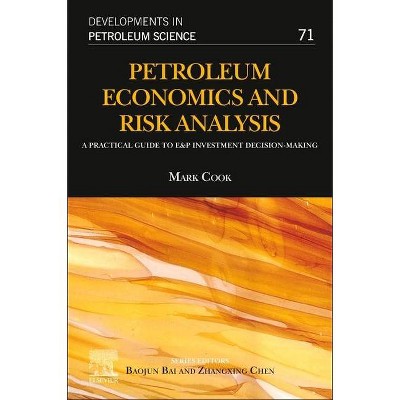Risk/Benefit Analysis for the Use and Approval of Thrombolytic, Antiarrhythmic, and Hypolipidemic Agents - (Developments in Cardiovascular Medicine)

Similar Products
Products of same category from the store
AllProduct info
<p/><br></br><p><b> About the Book </b></p></br></br>Proceedings of the Ninth Annual Symposium on New Drugs & Devices, October 27 and 28, 1988<p/><br></br><p><b> Book Synopsis </b></p></br></br>The Symposium on New Drugs provides a forum for academic investigators, research and development personnel from the pharmaceutical industry and members of the Food and Drug Administration to discuss important clinical research issues. The Ninth Annual symposium on New Drugs addressed the problem of determining the risk versus benefit for use of three important classes of cardiovascular agents: thrombolytic, antiarrhythmic, and hypolipidemic agents. The use of thrombolytic agents has become one of the major advances in clinical intensive cardiologic care in the 1980s. While the lysis of clot(s) obstructing a major coronary artery should reverse or prevent the damage of acute myocardial ischemia and infarction, one must carefully consider the potential risks of such agents in regards to their potential benefits. The time when a thrombolytic agent should be administered to maximize benefit as well as how one defines a dose response relationship using intravenous critical care medicines were discussed as important clinical trial issues. The benefit versus risk data on currently available thrombolytic agents was reviewed and the potential roles for adjunctive agents addressed. Overall strategies regarding post- x thrombolytic care and relationships to sudden cardiac death were also detailed. The panel discussion sections provided a comprehensive view of the current thinking of the various participating groups in this symposium. Sudden cardiac death remains the number one cause of mortality in western industrialized societies.
Price History
Price Archive shows prices from various stores, lets you see history and find the cheapest. There is no actual sale on the website. For all support, inquiry and suggestion messagescommunication@pricearchive.us




















